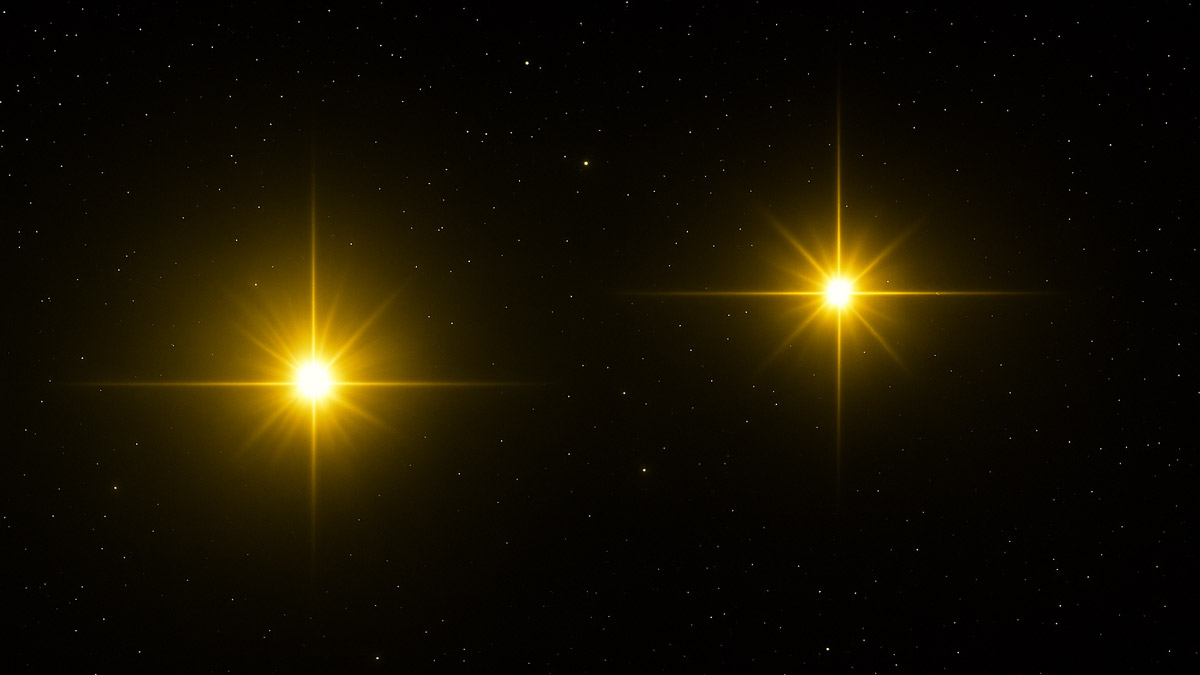Ursa Major is a familiar sight in the northern night sky, home to the easily recognizable Big Dipper. While the stars of the Dipper often steal the show, the constellation is filled with other fascinating celestial objects, including one of my favorite galaxies, M51. Amongst all these significant objects is the binary star system 23ContinueContinue reading “23 Ursae Majoris: A Stellar Duo in The Great Bear”
Tag Archives: Ursa Major
Messier 97 (NGC 3587): An Owl Looks Down from Ursa Major
Welcome to the Owl Nebula, also known as Messier 97. This planetary nebula is located in the constellation Ursa Major and can be seen in the night sky every spring. When viewed with small telescopes under clear, dark conditions, it appears as a small circular smudge. However, telescopes with a diameter of over 8 inches can reveal more of the nebula’s unique owl-like features. Also known as M97, NGC 3587, ARO 25.
Messier 101: The Pinwheel Galaxy and Brilliant Supernova SN 2023ixf
On May 19, 2023, a bright supernova appeared in one of the Pinwheel’s spiral arms. A week after, I captured it with my DSLR camera.
VY Ursae Majoris: A Beautiful Carbon Star in Ursa Major
VY Ursae Majoris (VY UMa) is a red hypergiant and popular carbon star located in the constellation Ursa Major. Best viewed in the springtime.
Mizar: A Double Star Known for Generations
My guess is Mizar is the first double star most people ever see. When Ursa Major (the “Big Dipper”) takes its place high in the springtime sky, casual skygazers can point out the bright double star in the middle of the ladle called Mizar. Its companion, called Alcor, shines almost as bright, making both starsContinueContinue reading “Mizar: A Double Star Known for Generations”
Messier 40: Also Known as Messier’s Greatest Mistake
Springtime galaxy hunting in Ursa Major is an awarding experience. Observers have their pick of Messier objects from the awe-inducing Whirlpool Galaxy (Messier 51) to the bright Cigar Galaxy (Messier 82). Then, scrolling through these notable Messier objects, one lands upon Messier 40. Aiming the scope at M40 uncovers a simple pair of stars—no nebula,ContinueContinue reading “Messier 40: Also Known as Messier’s Greatest Mistake”
Xi Ursae Majoris: A Binary Star Close to Home
Xi Ursae Majoris, also known as Alula Australis, is a double star in Ursa Major. It’s best viewed in winter. This binary system is notable for many reasons: It’s a close binary system to earth — only 25 light years away. It was the first binary system to be discovered. William Herschel discovered it inContinueContinue reading “Xi Ursae Majoris: A Binary Star Close to Home”
Messier 82 (NGC 3034): The Cigar Galaxy
As I stare into the eyepiece, my mind wonders; I imagine the flurry of star creation and enormous, unimaginable energy in the wispy image.







